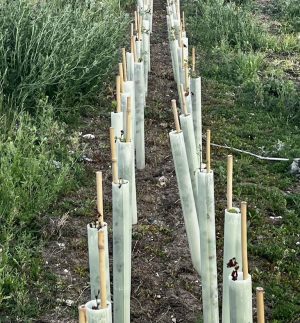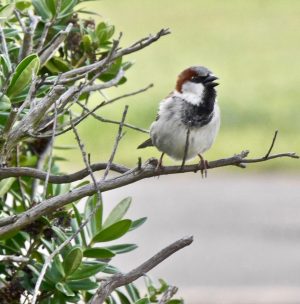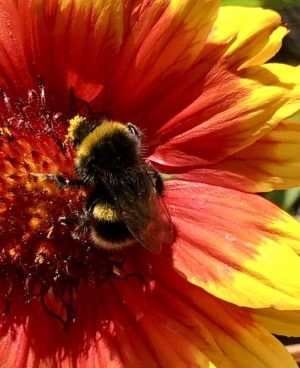woodlands web updates : 26

Trees for a longer life?
Researchers from US Forest Service has completed a survey of tree planting in Portland, Oregon and concluded that the more tres are planted in an area, the longer people live. The Portland “Friends of Trees” have planted some 50,000 oaks, dogwoods and other trees around the city over the last thirty years. After adjusting for factors such as race, income, age and education, the team found that where more trees had been been planted, fewer people died. This was true for all areas - wealthy or less so. Furthermore, as the trees aged, the mortality rates of the people nearby went down. Trees generally improve air quality and moderate extreme high temperatures. A recent report in the medical journal The Lancet suggested that many of the premature deaths from the 2015 heat wave in Europe could have been avoided with 30 percent more tree cover.
Birds in decline.

UK bird populations are in decline. Much of the decline occurred in the 1970’s and 80’s, and was particularly noticeable in populations of farmland and woodland birds. However, the losses have continued in recent times, with a 5% decline between 2015 and 2020. Again, woodland birds have fared poorly with a 12% decline in this period.
The steepest decline in population numbers are seen in species such the Tree Sparrow, Willow Tit, Lesser Spotted Woodpecker and Nightingale. These have all declined by 90% or more since the late 1960’s. The Turtle Dove shows the biggest decline of any species.
Habitat loss is thought to be the main driver of population decline for many species, but oil and plastic pollution are also factors, as is disease - such as trichomonasis and avian flu Certain species typically associated with urban areas / habitats (Swift, House Martin, Starling and House Sparrow) are also declining. Predation by cats might be a factor, the Mammal Society estimates that cats in the UK catch some 92 million prey items over Spring and Summer, of which around 27 million are birds. Disease such as avian malaria is another factor, one study found 74% of sparrows were infected with the parasite Plasmodium relictum; the changing nature of urban gardens may also be a consideration.
Bees and sunflower pollen grains
 Bees and bumblebees are struggling with various parasites /infections. One parasite is the gut pathogen Crithidia bombi. This is known to affect the ability of bumblebees to create a successful colony.
Bees and bumblebees are struggling with various parasites /infections. One parasite is the gut pathogen Crithidia bombi. This is known to affect the ability of bumblebees to create a successful colony.
Previous studies have indicated that the the gut microbiome of the bees can help protect against infection by this parasite. Now a study at the University of Massachusetts Amherst has found that sunflower pollen can help bees resist infection. It was not known why sunflower pollen was effective, it could be that the shape of the pollen grains was important or the chemical makeup within the grains, or a combination of the two.
To test the ‘anti-parasitic nature of the pollen’, an experiment was set up so that some bees received the outer shell of the sunflower pollen (the sculptured exine), whilst another group received the materials from the centre of the pollen grains (but no outer coverings), and a third group received whole pollen. Bees that received whole pollen grains or just the spiny shells had far less of the parasite in their gut compared to those eating the ‘soft centres’ . The pollen grains and pollen shells reduced infection by 80 to 90+%. So it is the spiny shape of the pollen grains that is important in reducing infection in the bees. 'Physical removal' of pathogens is known in other animals, for example, great apes infected with certain nematodes or tapeworms will consume bristly leaves. These 'irritate' the gut and increase the expulsion of the parasites.
Comments are closed for this post.
